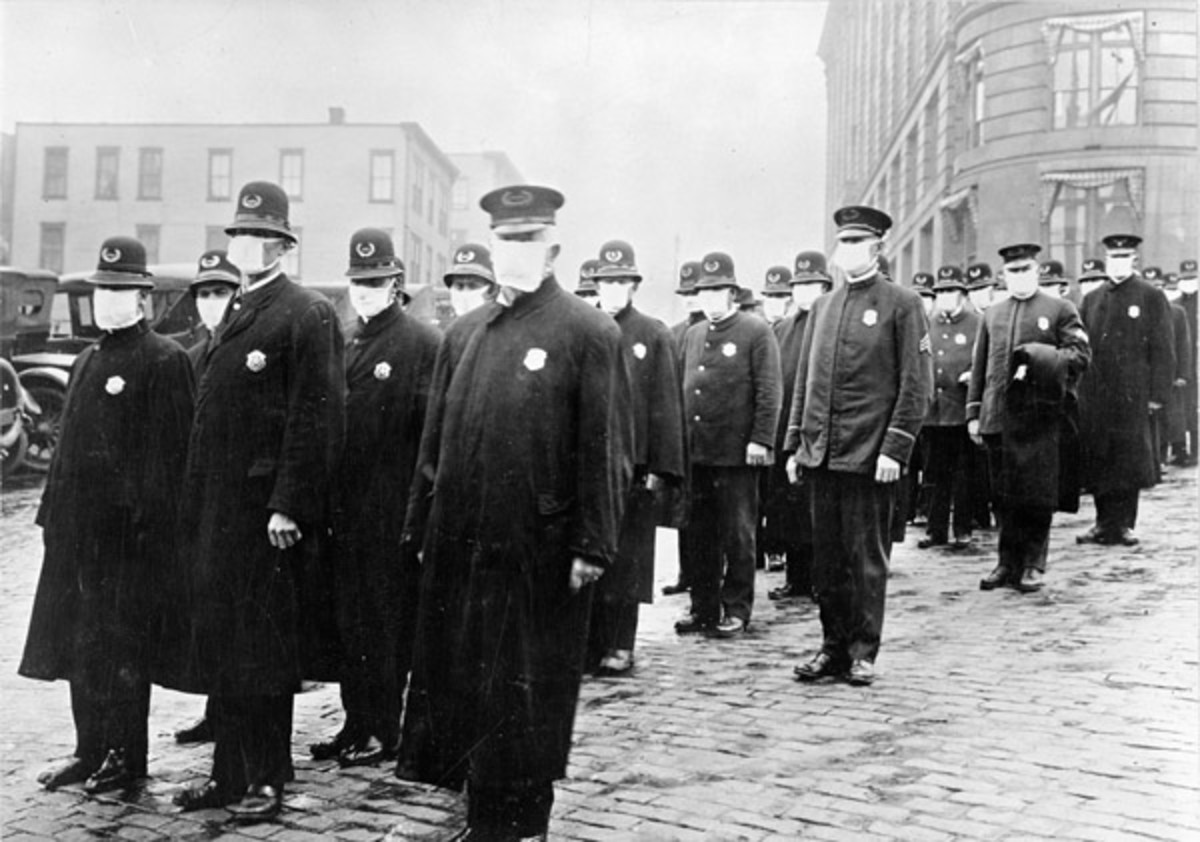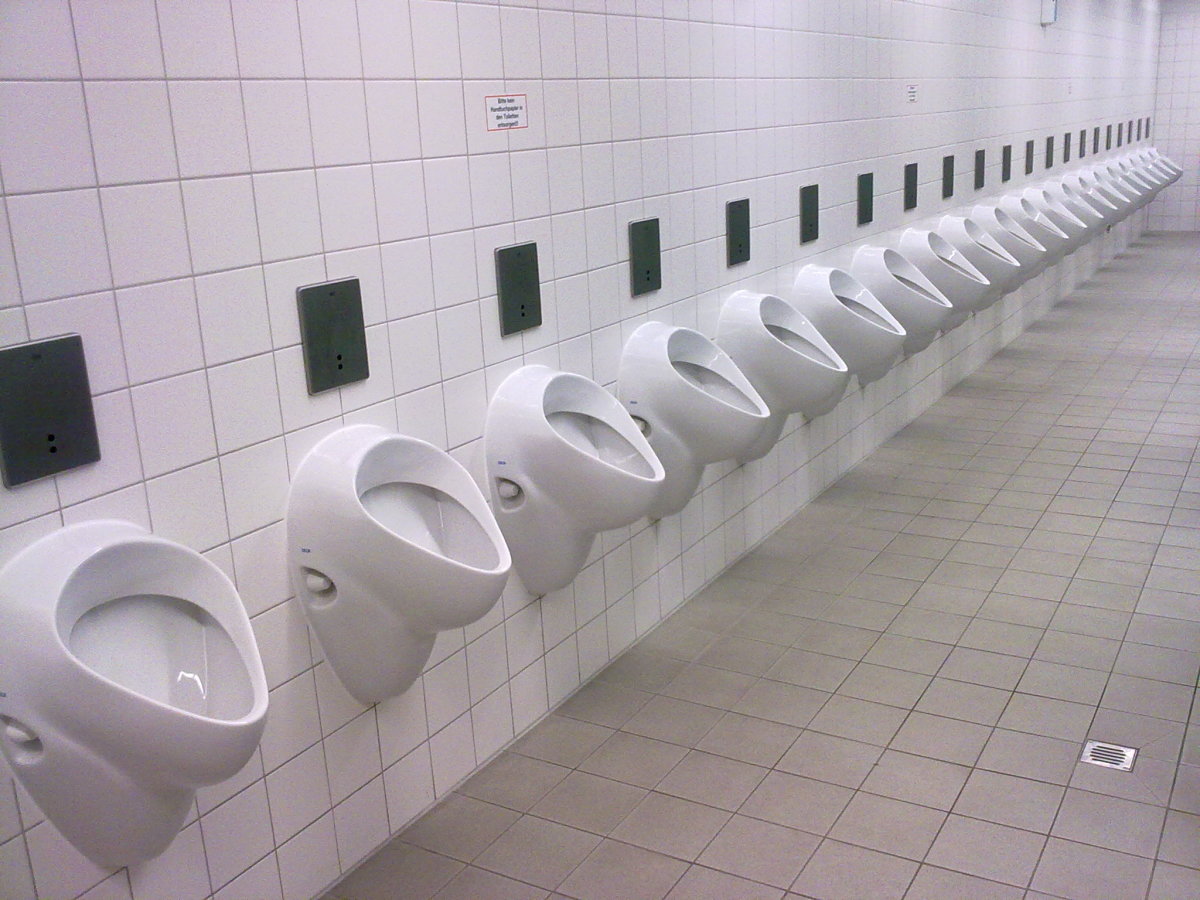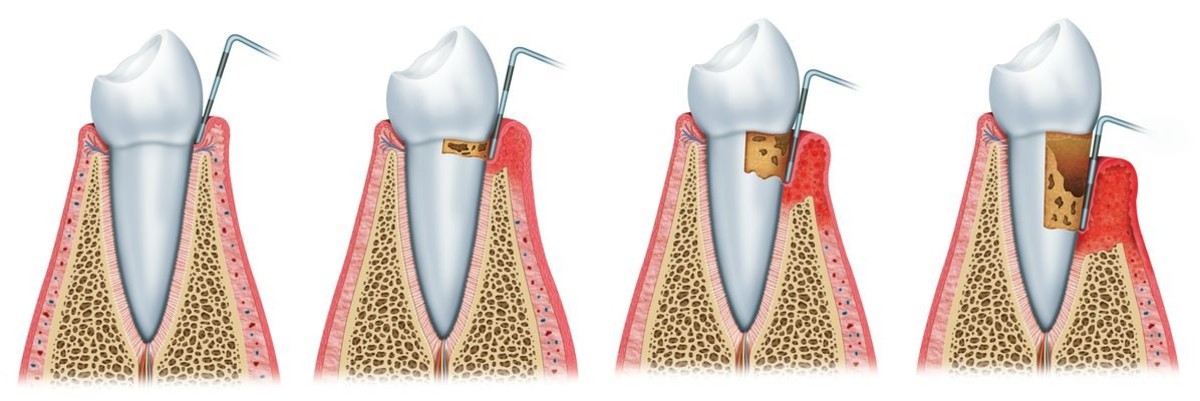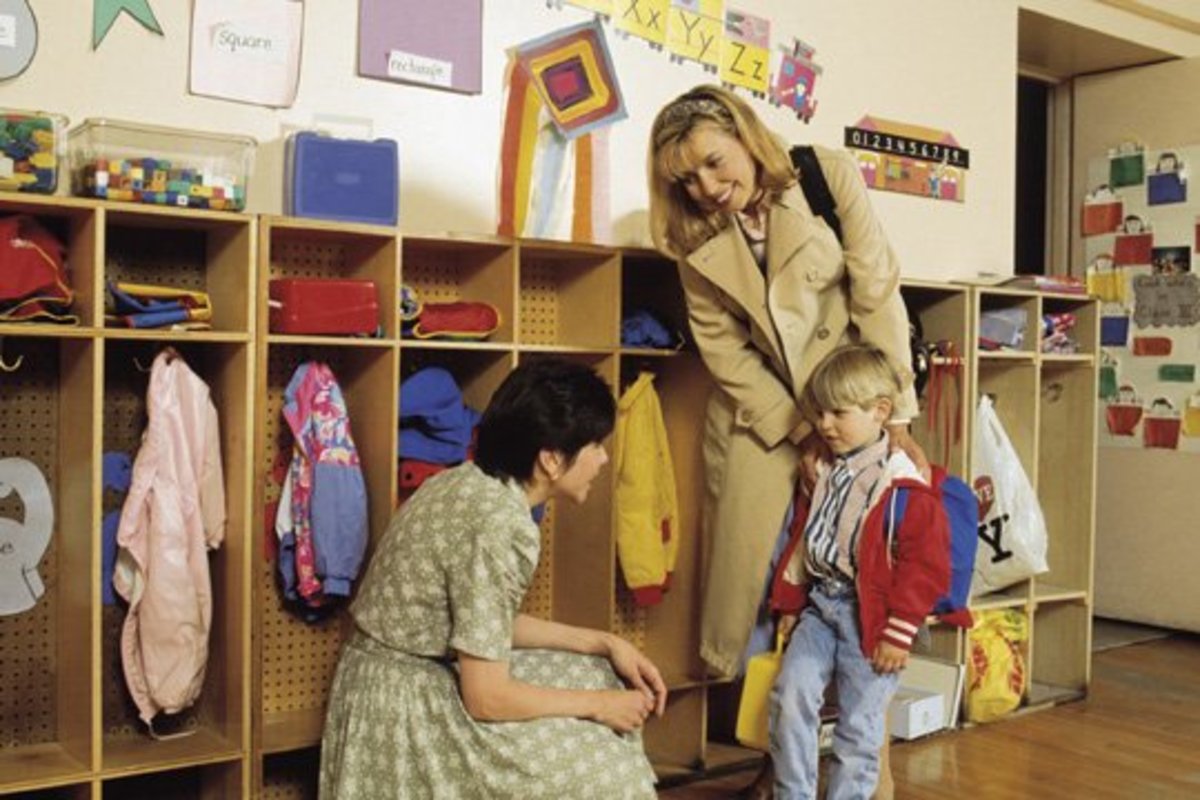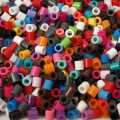How to prevent yourself from getting sick
Most of us are aware that washing our hands and covering our mouth when we cough are two effective ways of reducing the spread of disease. Fortunately, there are several other ways we can protect ourselves and others from infectious disease.
List 20 preventative measures you can take to reduce the chances of contracting an infectious disease. Keep in mind that infectious agents can be transmitted by way of our respiratory, gastrointestinal, reproductive, and urinary tracts, so they are vulnerable as well.
What precautions can you take at home? Is there anything you can do at the workplace? How about at public places or in public bathrooms?
When people consider ways to reduce the spread of disease and protect themselves and others from contracting an infectious disease they immediately think of hand washing and covering their mouth when they cough. However there are also many more ways a person can help halt the spread of infectious disease and protect themselves and others from becoming sick.
- People should avoid sharing personal items like toothbrushes, towels, razors, handkerchiefs, and nail clippers (Koo, n.d.).
- Vaccinations are a good way to prevent the spread of many infectious diseases.
- People should use safe cooking practices like refrigerating food within two hours of preparation, separate cutting boards for raw meats and vegetables, keep clean countertops, and wash all fruits and vegetables (Koo, n.d.).
- People should exercise good sense when traveling to area where the water is questionable; good sense means making sure to use a safe water source, only eating foods that have been cooked, and avoiding raw vegetables and fruits (Koo, n.d.).
- People should avoid sharing dishware when possible (Hales, 2013, p. 533).
- People should take care not to touch their eyes, nose, and mouth without having clean hands (Hales, 2013, p. 533).
- When possible, it is best to avoid close contact with sick people (Hales, 2013, p. 533).
- To reduce the chance of contracting an infectious disease it is best to limit one’s time in crowded areas (Hales, 2013, p. 533).
- It is harder to get sick when a person is healthy; it is important that people get enough sleep, food, and fluids (Hales, 2013, p. 533).
- An increased level of stress increases a person’s odds of getting sick while a decreased stress level lowers those odds (Hales, 2013, p. 533).
- It is important to stay informed on the what is happening in the world so that informed decisions can be made; for instances if there is a health concern in an area that a person is traveling to he or she may want to reschedule the trip (Hales, 2013, p. 533).
- It is important to remain physically fit so that the human body has a better chance of fighting infectious diseases (Hales, 2013, p. 533).
- It is important that people with pets keep their pets healthy and up to date on their shots so that the pet owner does not become infected from their pet.
- When a person has recovered from an infectious disease it is important to clean all linens that he or she came in contact with to kill the infectious germs (Mazo, 2011).
- After recovery it is important to wipe all hard surfaces that the person came into contact with using hot water to halt the spread of the infectious illness (Mazo, 2011).
- Many infectious organisms do not thrive on dry surfaces; therefore it is important to dry sinks and countertops after cleaning (Mazo, 2011).
- When cooking, clean up meat juices using soapy paper towels not sponges (Mazo, 2011).
- After participating in an outdoor excursion it is important that people check themselves and the others with them for ticks.
- Avoid eating and drinking directly from containers that other people eat and drink from; for instance people should not drink juice from the bottle unless they are the only one who will be drinking that juice.
- People should take care to teach children good sanitary habits; for instance children need to be taught to wash their hands regularly, not to double dip, to not drink from the juice carton, and to cover their mouth when they sneeze or cough,
While these 20 preventative measures will help reduce the chances of a person contracting an infectious disease, there are other steps a person can take to protect themselves when they are at home, at the workplace, at public places, and in public bathrooms. When at home people can be reduce their risk of contracting infectious disease by: cleaning their house regularly, not sharing personal items, practicing healthy cooking habits, avoiding sharing food and beverages from the same container, and cleaning their home appropriately after a house member has recovered from a sickness. It is harder to prevent the contraction of an infectious disease when a person is in public place, but there are still steps that can be taken to reduce the risk. One of the easiest ways to reduce a person’s risk of contracting an infectious disease at the workplace is to keep sanitizer on each desk; if a person sanitizes their hand regularly they will kill many of the germs capable of infecting them. People can also take the time to clean their work area with a disinfectant either before their use if it is a shared workstation or on a regular basis if the workstation belongs to one individual. In public places a person could carry their own mini sanitizer with them, they could avoid touching their own nose, mouth, and eyes, and the person could take care to avoid people who appear sick. In public bathrooms a person could make use of the paper seat covers that most bathrooms provide, avoid stalls that appear unclean, and the person should wash their hands with soap and water before exiting (if soap is unavailable the person should use sanitizer on their hands).
References
Hales, D. (2013). Invitation to Health: Live It Now (16th ed.). Cengage Learning.
Koo, I. (n.d.). The 10 Best Ways to Prevent Infectious Diseases. Retrieved October 27, 2015, from http://infectiousdiseases.about.com/od/prevention/a/prevention_tips.htm
Mazo, E. (2011, November 3). How to Avoid Catching an Infectious Disease. Retrieved October 27, 2015, from http://www.prevention.com/health/health-concerns/11-ways-avoid-colds-and-flu

